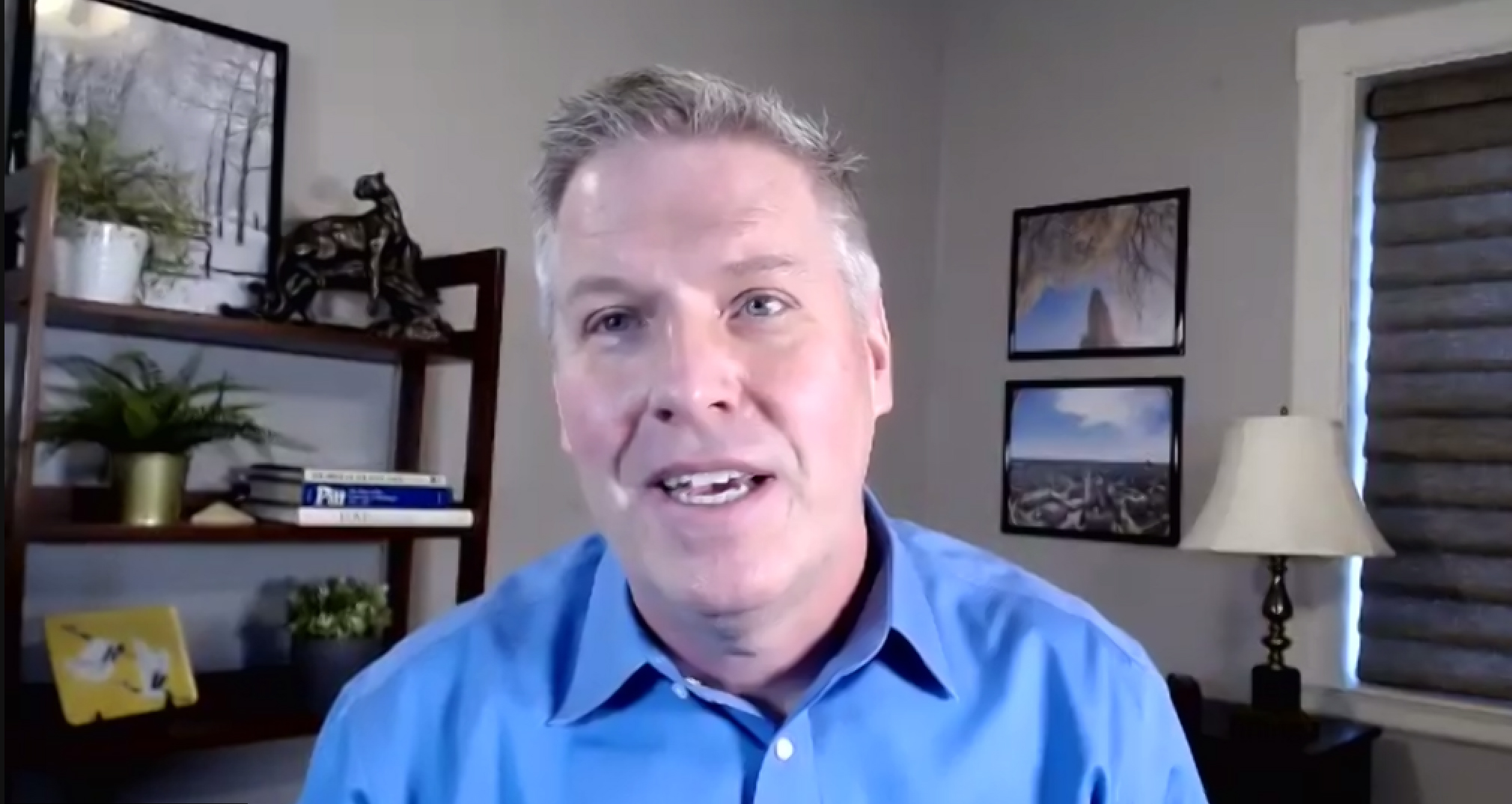
By SUSAN JONES
After a fall semester like no other, get ready for a spring semester like … well probably pretty much like the fall.
What we know for sure — classes will start Jan. 19 using the Flex@Pitt model.
What we really don’t know — when students will return to Pitt’s campuses.
COVID-19 ON CAMPUS
As of Dec. 11, the Oakland campus has reported 684 positive cases among students since Aug. 1 and 89 among employees who had been campus during the previous 14 days — including six students and 11 employees since the last report on Dec. 8.
Of the student cases, only 33 came from the 7,428 people who participated in surveillance testing, which will continue on Dec. 15 and 16 and resume after winter break.
The regional campuses have had 106 student cases and 26 employees. All campuses are currently at the Elevated Risk posture. Most Pitt facilities are now closed or have limited access and will not reopen until at least Jan. 4.
Because of the rapidly changing nature of the pandemic and the increasing number of cases and deaths across the state and the nation, Chancellor Patrick Gallagher and John Williams, head of Pitt’s COVID-19 Medical Response Office, both said at the Dec. 10 Senate Council meeting that it is too early to decide how and when students will be allowed back on campus.
“What we don’t know is how much we need to modify that arrival period based on what’s happening at the time,” Gallagher said. “In the middle of December, it is simply too early for us to say what the middle of January is going to be.”
The earliest any decision would be announced is Jan. 4, the day faculty and staff come back to work after the winter break, the medical response office said in an email sent out Dec. 10. Students will be given at least two weeks’ notice before they move back, and Gallagher and Williams said the move-in will be staggered like it was in the fall.
What does that all mean? If the University says on Jan. 4 that students can begin moving back to campus in two weeks, then the first group of students would arrive no earlier than Jan. 18. In the fall, it took two weeks for all the students in Oakland residence halls to move in, which would put the last students arriving on Feb. 1.
But it’s possible that the announcement will not come until later. As Williams said, one of the big challenges for bringing students back is the traveling. In the summer, there were students from virus hotspots that Pitt officials had to pay particular attention to, but now, “everywhere is a hot spot,” he said. “Number two, it’s going to be right after a holiday break where one can presume that students are going to be congregating and gathering, as we saw over Thanksgiving, in many places in the country.”
If any announcement about when students can return is delayed beyond Jan. 4, then that pushes back move-in days. The takeaway from the University’s announcement this week should be: Don’t make any travel plans yet.
Gallagher said if students are not able to adjust their travel plans, “please let us know so we can work with you to make sure we can accommodate you.”
An FAQ on the Panther Central website addresses several issues surrounding housing in the spring semester and the return to campus. For instance, it says that housing and meal plan fees will be prorated based on spring arrival, and it gives information on how to withdraw from housing if a student chooses not to return to campus. Flex@Pitt allows students to take all classes remotely, even if some provide in-person learning at some point during the semester.
Students also will be expected to do pre- and post-travel quarantining, and surveillance testing will continue in the spring. Senate President Chris Bonneau said he is talking with Williams and the COVID response office about surveillance testing for faculty and staff who have to be on campus, as well.
Pitt weathered fall well
One bright spot from Williams’ report to Senate Council is, “There was no evidence here, nor in other schools around the country, of transmission in classrooms, labs, clinical educational settings, things like that, because these are settings where mitigation measures are happening.”
Both Gallagher and Williams paid tribute to Pitt’s students who, by and large, followed the COVID-19 rules to try to prevent a large outbreak.
“I think the students showed that they were very willing partners,” Williams said. “We had as good or better numbers as many peer institutions, including institutions that used mass testing strategies. … We had a successful semester. Did the students have the ideal experience? No, but every single student I talked to out of hundreds said they would rather be here participating with mitigation restrictions, than to be fully online.”
“I’m really incredibly proud of the University and how it responded,” Gallagher said. “Unfortunately, I think we’re going to have to draw on that even more as we go into this challenging spring semester.”
Gallagher said Pitt was among “best in class of major universities in terms of our virus performance and this is true across all of our campuses. The thing that made it work, simply put, was people bought into this. … I’m the first one to tell you this is hard — this is isolating, it’s lonely, it’s tiring, it’s exhausting, and it doesn’t ever go away … but you did it anyway.”
Vaccines on the horizon

The other positive for the spring is that vaccines are coming, although when they would be available for faculty, staff and students is still unclear. The Food and Drug Administration was set to give final approval to the Pfizer-BioNTech coronavirus vaccine on an emergency basis on Dec. 11.
Anantha Shekhar, senior vice chancellor for Health Sciences, said UPMC expects to get about 29,000 doses of the Pfizer vaccine for frontline health care workers. He expects most of those workers to be vaccinated in the next four weeks.
The Moderna vaccine, which is still working its way through the approval process, will likely go to people in long-term care facilities, Shekhar said. He expects that if adequate supply chains are in place that most people will be able to get vaccinated in the next six months.
“It’s really astounding how far we’ve come in 10 months,” Paul Duprex, head of Pitt’s Center for Vaccine Research, told Senate Council. “We’ve already got a vaccine licensed in the United Kingdom and that’s being injected into people this week,”
The Pfizer vaccine may be the first, but it may not be the best, Duprex said, particularly because the vaccine needs to be stored at minus 70 degrees Celsius. “It’s very important that we have lots of work on other vaccines.”
At the Center for Vaccine Research, Duprex said they just signed a contract with Merck to provide preclinical data using the animal models that were set up right at the beginning of the pandemic. The center was one of the first in the nation to receive samples of the virus for testing.
The center also is working on a COVID-19 vaccine on a measles vaccine backbone. The vaccine is developed and owned by Pitt and licensed for clinical trials in India through a commercial partnership with Serum Institute of India, a company Duprex said vaccinates two-thirds of the world’s children.
“We don’t want to just think about products for this part of the world; we want to think about products for all over the world, because this is a global problem,” he said.
The issues that concern him now are how long will the immunity to the virus last after someone receives a vaccine and how will the virus change.
And finally, he said, “There’s no point developing these novel vaccines if we cannot convince the people to use them. Vaccine hesitancy is a challenge, and that demands strong communication from trusted messengers and that’s one of the programs that we’re trying to put in place with communities in Pittsburgh.”
Susan Jones is editor of the University Times. Reach her at suejones@pitt.edu or 724-244-4042.
Have a story idea or news to share? Share it with the University Times.
